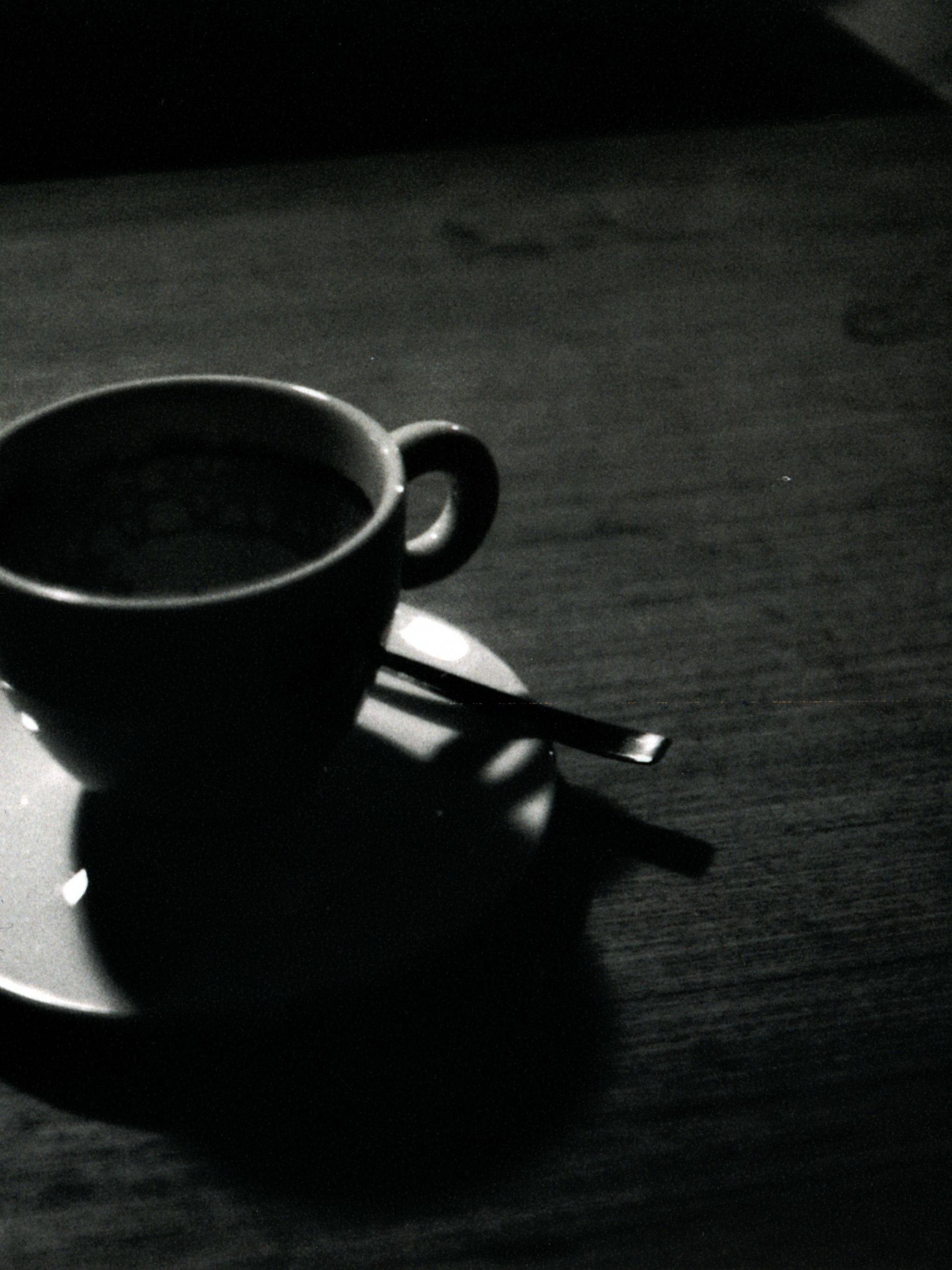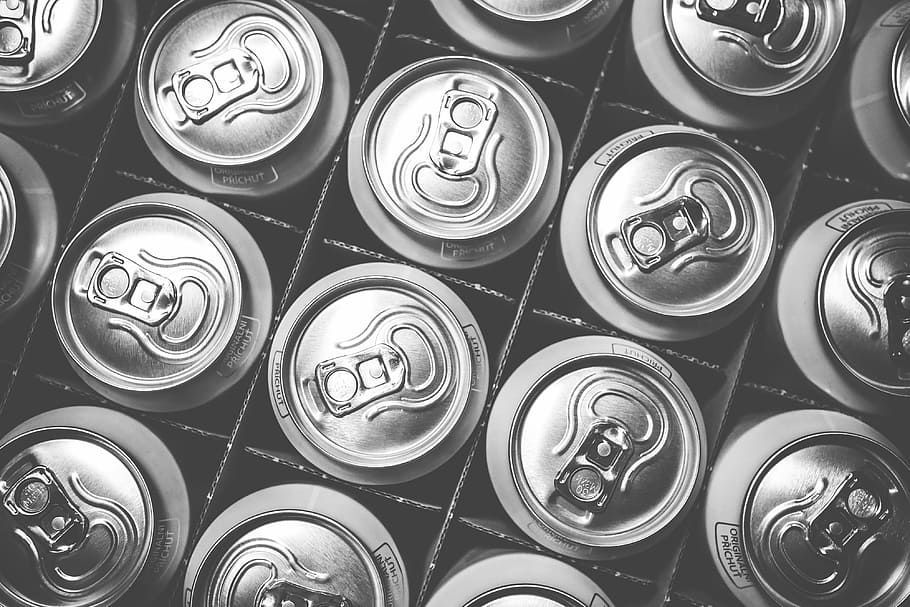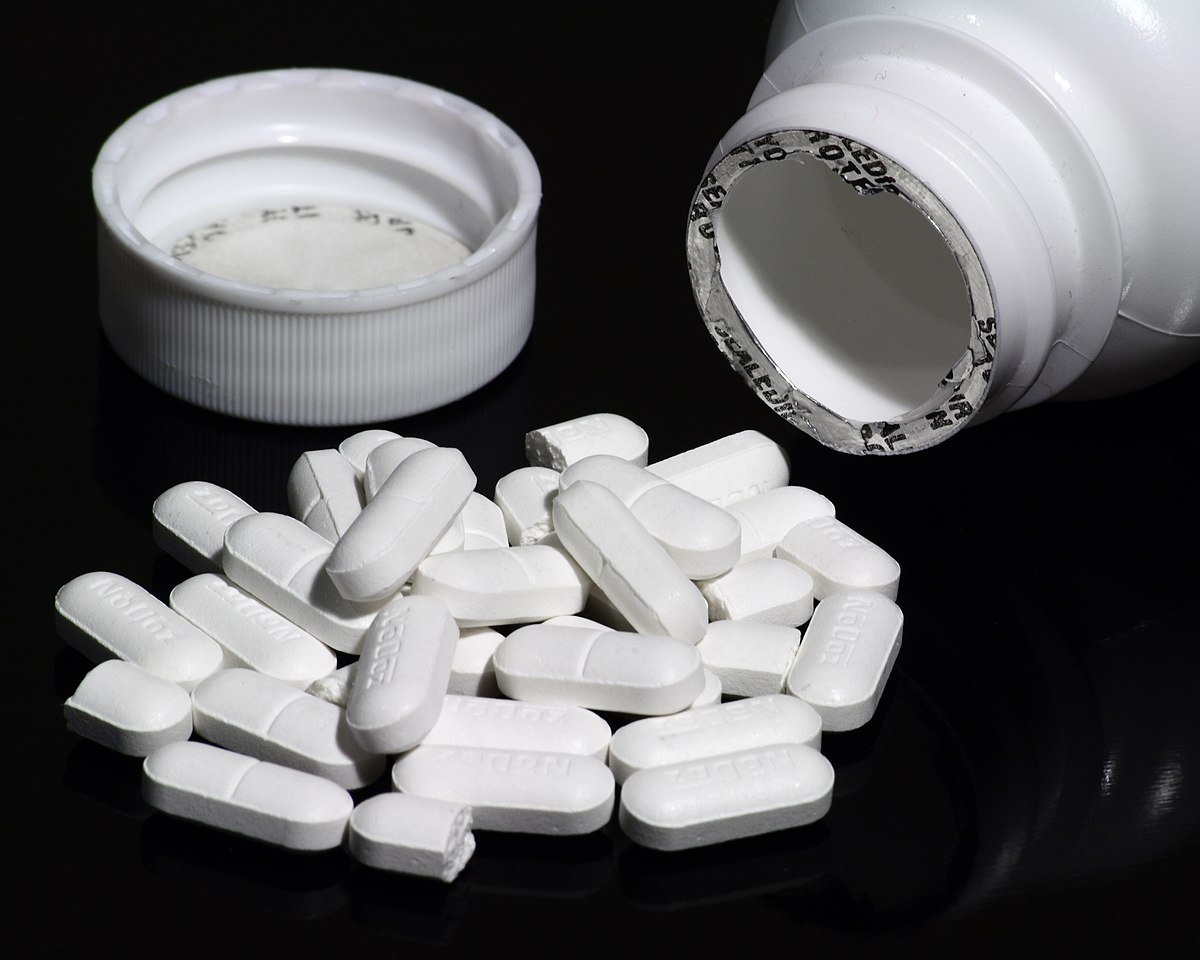Caffeine-containing drinks, such as coffee, tea, and cola, are consumed globally in high volumes. In 2020, almost 10 million tonnes of coffee beans were consumed globally.
Products containing caffeine include coffee, tea, soft drinks ("colas"), energy drinks, other beverages, chocolate,[212] caffeine tablets, other oral products, and inhalation products. According to a 2020 study in the United States, coffee is the major source of caffeine intake in middle-aged adults, while soft drinks and tea are the major sources in adolescents.[67] Energy drinks are more commonly consumed as a source of caffeine in adolescents as compared to adults.[67]

The world's primary source of caffeine is the coffee "bean" (the seed of the coffee plant), from which coffee is brewed. Caffeine content in coffee varies widely depending on the type of coffee bean and the method of preparation used;[213] even beans within a given bush can show variations in concentration. In general, one serving of coffee ranges from 80 to 100 milligrams, for a single shot (30 milliliters) of arabica-variety espresso, to approximately 100–125 milligrams for a cup (120 milliliters) of drip coffee.[214][215] Arabica coffee typically contains half the caffeine of the robusta variety.[213] In general, dark-roast coffee has very slightly less caffeine than lighter roasts because the roasting process reduces caffeine content of the bean by a small amount.[214][215]

Tea contains more caffeine than coffee by dry weight. A typical serving, however, contains much less, since less of the product is used as compared to an equivalent serving of coffee. Also contributing to caffeine content are growing conditions, processing techniques, and other variables. Thus, teas contain varying amounts of caffeine.[216]
Tea contains small amounts of theobromine and slightly higher levels of theophylline than coffee. Preparation and many other factors have a significant impact on tea, and color is a very poor indicator of caffeine content. Teas like the pale Japanese green tea, gyokuro, for example, contain far more caffeine than much darker teas like lapsang souchong, which has very little.[216]

Caffeine is also a common ingredient of soft drinks, such as cola, originally prepared from kola nuts. Soft drinks typically contain 0 to 55 milligrams of caffeine per 12 ounce serving.[217] By contrast, energy drinks, such as Red Bull, can start at 80 milligrams of caffeine per serving. The caffeine in these drinks either originates from the ingredients used or is an additive derived from the product of decaffeination or from chemical synthesis. Guarana, a prime ingredient of energy drinks, contains large amounts of caffeine with small amounts of theobromine and theophylline in a naturally occurring slow-release excipient.[218]
Mate is a drink popular in many parts of South America. Its preparation consists of filling a gourd with the leaves of the South American holly yerba mate, pouring hot but not boiling water over the leaves, and drinking with a straw, the bombilla, which acts as a filter so as to draw only the liquid and not the yerba leaves.[219] Guaraná is a soft drink originating in Brazil made from the seeds of the Guaraná fruit. The leaves of Ilex guayusa, the Ecuadorian holly tree, are placed in boiling water to make a guayusa tea.[220] The leaves of Ilex vomitoria, the yaupon holly tree, are placed in boiling water to make a yaupon tea. Commercially prepared coffee-flavoured milk beverages are popular in Australia.[221] Examples include Oak's Ice Coffee and Farmers Union Iced Coffee. The amount of caffeine in these beverages can vary widely. Caffeine concentrations can differ significantly from the manufacturer's claims.[211]
Chocolate derived from cocoa beans contains a small amount of caffeine. The weak stimulant effect of chocolate may be due to a combination of theobromine and theophylline, as well as caffeine.[222] A typical 28-gram serving of a milk chocolate bar has about as much caffeine as a cup of decaffeinated coffee. By weight, dark chocolate has one to two times the amount of caffeine as coffee: 80–160 mg per 100 g. Higher percentages of cocoa such as 90% amount to 200 mg per 100 g approximately and thus, a 100-gram 85% cocoa chocolate bar contains about 195 mg caffeine.[206]

No-Doz 100 mg caffeine tablets Tablets offer several advantages over coffee, tea, and other caffeinated beverages, including convenience, known dosage, and avoidance of concomitant intake of sugar, acids, and fluids. A use of caffeine in this form is said to improve mental alertness.[223] These tablets are commonly used by students studying for their exams and by people who work or drive for long hours.[224]
One U.S. company is marketing oral dissolvable caffeine strips.[225] Another intake route is SpazzStick, a caffeinated lip balm.[226] Alert Energy Caffeine Gum was introduced in the United States in 2013, but was voluntarily withdrawn after an announcement of an investigation by the FDA of the health effects of added caffeine in foods.[227]
There are several products being marketed that offer inhalers that deliver proprietary blends of supplements, with caffeine being a key ingredient.[228] In 2012, the FDA sent a warning letter to one of the companies marketing these inhalers, expressing concerns for the lack of safety information available about inhaled caffeine.[229]